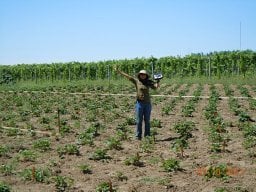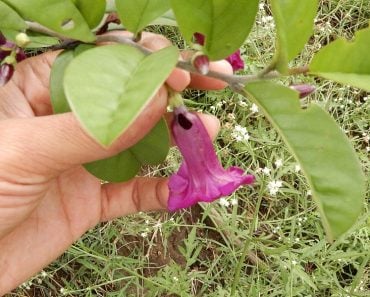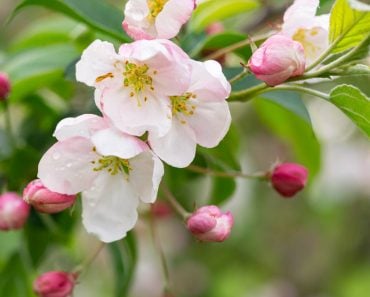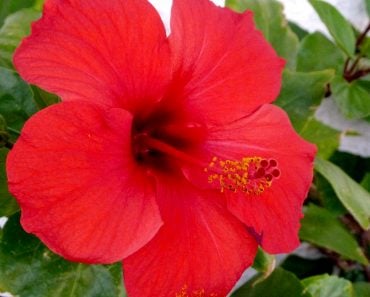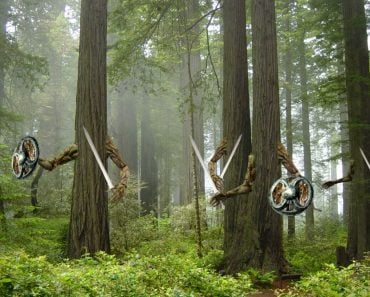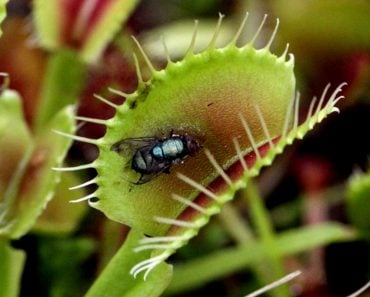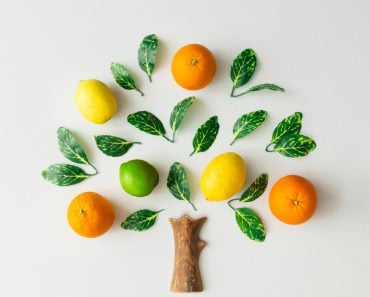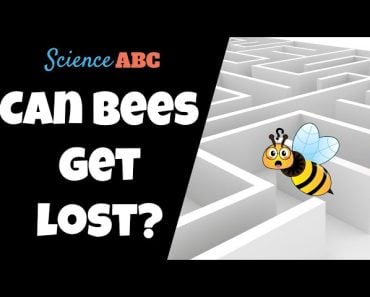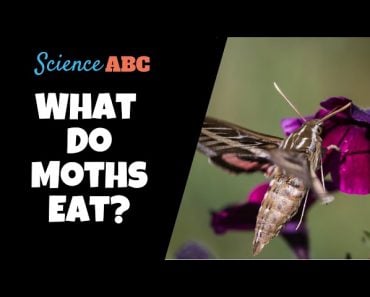Table of Contents (click to expand)
Insects, animals and other wildlife help plants spread pollen and reproduce. To attract pollinators to the flower, the plants have various strategies. The flowers have evolved bright colors, nectar, and even symmetries that attract certain specialized pollinators.
Pollination is a critical step for the survival of our ecosystem and for the production of food. All seed plants need to be pollinated so that the male reproductive cells (pollen) can reach the female reproductive parts (ovaries). This allows the plants to produce seeds for propagation of the species and to maintain genetic diversity. Flowers have evolved to display cues so that pollinators can find them. The pollinators also tend to be rewarded with nectar in return for the ‘service’ they provide.
Although some species of plants have both the male and female reproductive parts in the same flower, most prefer to send their pollen to a flower of a different plant from the same species, as mixing up their genes makes them evolutionarily stronger. As the pollinators go about visiting one flower to the next, they carry pollen with them and consequently help the pollen spread to other flowers on different plants.
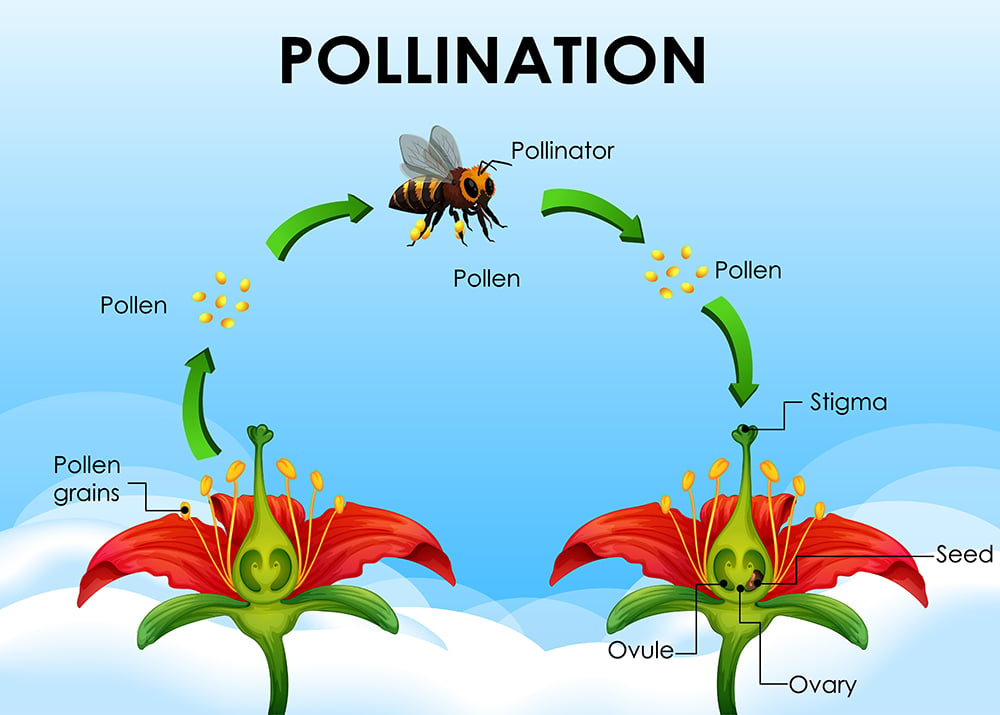
When we talk about pollinators, we are usually referring to insects (bees, butterflies, moths, beetles, and even cockroaches), birds, reptiles (lizards, geckos) and other animals (slugs, opossums, lemurs) that transfer pollen from one flower to another. Some species are adapted to wind pollination, and in such cases, there is no need to attract any outside pollinator.
Pollinators respond to flower color, smell, shape and size, and they use these characteristics to find the flowers of their preference. In this article, we will discuss some typical and unusual ways flowers have evolved to attract their pollinators.
Recommended Video for you:
Colorful flowers
Flower color is one of the main characteristics that attracts pollinators. The ability of insects to see colors existed long before flowering plants developed their colors. Therefore, it is likely that the flowers developed color to attract insects, rather than the other way around.
However, this does not mean that flowers with similar colors attract the same pollinators. For example, all bee-pollinated flowers are not yellow, nor are all butterfly-pollinated flowers violet. While flower color acts as the first step to attract insects, it needs to be backed up with a reward for the insects in the form of nectar. This means that the bees have color biases when they go foraging, and eventually, with experience, they determine which flowers have more ‘rewards’ for them to enjoy.
On the other hand, one study found a strong bias of bumblebees and hummingbirds towards flowers of a specific color. In this study, they observed that the hummingbirds exclusively pollinated red monkey flowers (Mimulus cardinalis), which also contain a yellow pigment, while bumblebees exclusively pollinated the monkey flower (M. lewisii) that did not contain the yellow pigment. The researchers developed mutants of both species and noted that the bumblebees now showed a strong preference for the mutant pink M. cardinalis, while the hummingbirds preferred the mutant yellow-orange M. lewisii.
Studies in orchids have concluded that bee-pollinated flowers have bilateral symmetry with a prominent landing region. They are also usually blue, violet, purple, yellow or white.
Some flowers wave to attract their insect pollinators. However, there is a fine balance between waving to attract pollinators, and waving too much so that the insects avoid spending as much time in each flower.
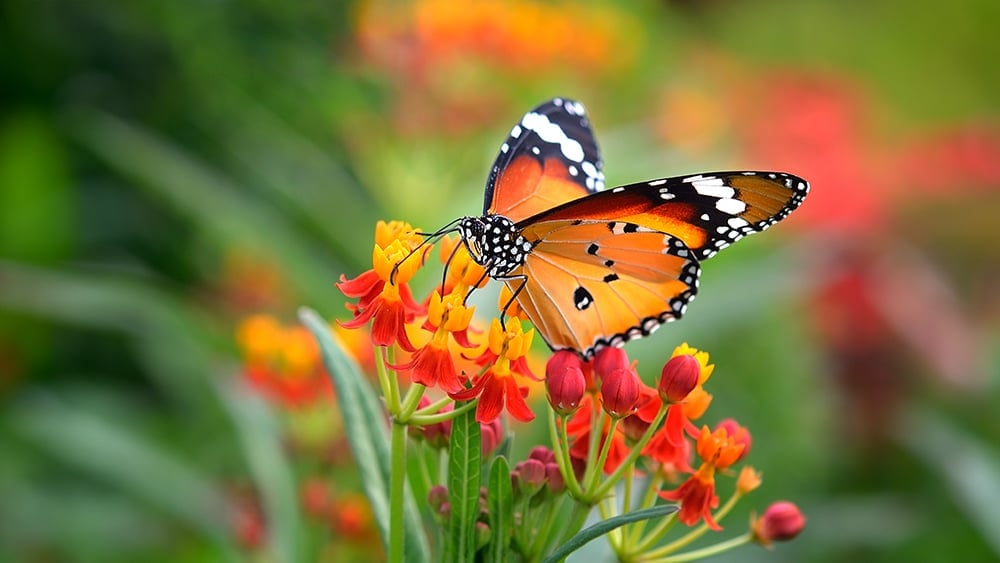
Mimicking wounded insects
Some of the more sophisticated mechanisms of attracting insect pollinators include floral mimicry. Flowers of Ceropegia gerrardii produce a secretion that is similar to the haemolymph (blood equivalent) of insects. The flies (Desmometopa species) that normally feed on wounded insects are tricked into thinking that there is a wounded insect on the petals, so they come to feed on it, picking up pollen along the way.
Pheromone signals
Lepanthes glicensteinii, a type of orchid, uses a mechanism of sexual deception to attract fungal gnat pollinators. The flowers emit a scent that mimics the pheromones of these gnats. The male gnats (Bradysia species) fly to the flowers, and upon finding the flower, it performs a maneuver that mimics copulation.
Colored nectar
Certain plant species (Nesocodon mauritianus (Campanulaceae) and Trochetia boutoniana (Malvaceae)) that are endemic to Mauritius have red-colored nectar. A gecko (Phelsuma ornate) that primarily pollinates these flowers was observed to have a preference for red-colored nectar. The colored nectar serves as a visual signal for the geckos to let it know whether the flowers have any nectar left. Flowers that have already been visited by pollinators and no longer have any nectar will not send out any signals for additional gecko visits.
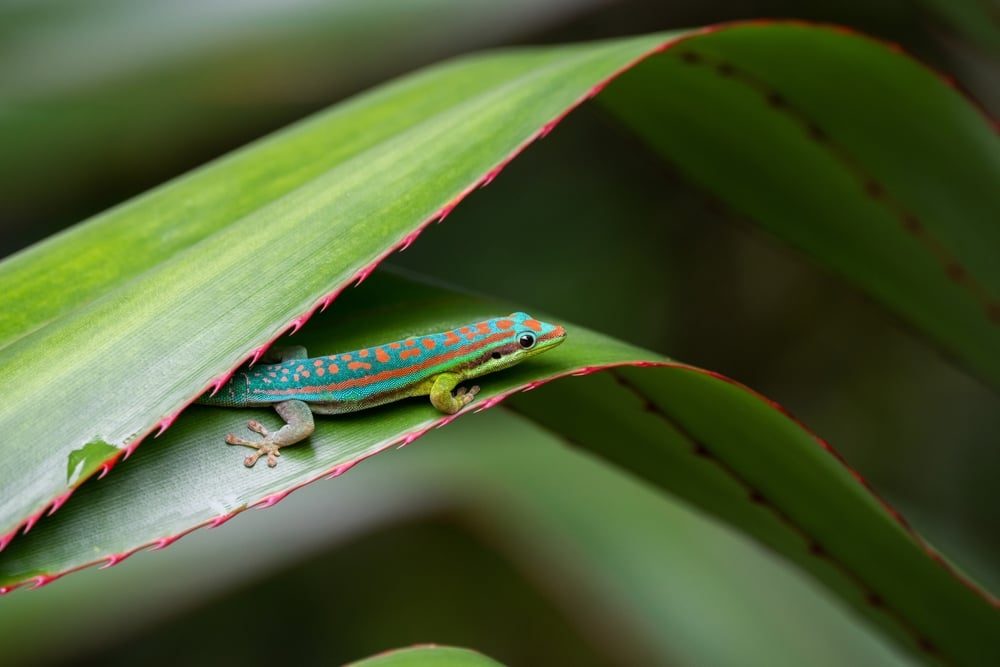
Nocturnal flowers for nocturnal insects
A type of vine, called Vincetoxicum hainanense, has pale green inconspicuous flowers that open at night, thus adapting to the schedules of their most effective pollinators: the cockroach (Blattella bisignata). Other pollinators of this flower are bush crickets, ants, beetles and flies. These flowers also produce a ‘heavily nauseating odor’ that attracts these insect pollinators.
Conclusion
Flowering plants are very diverse in their adaptations to facilitate pollination. This list above is far from complete… not even close! However, here we highlight some of the unusual and interesting facts of how flowers and their pollinators have evolved to ensure the success of one of the most important steps in the lifecycle of so many plants.
References (click to expand)
- Heiduk, A., Brake, I., Shuttleworth, A., & Johnson, S. D. (2023, April 4). ‘Bleeding’ flowers of Ceropegia gerrardii (Apocynaceae‐Asclepiadoideae) mimic wounded insects to attract kleptoparasitic fly pollinators. New Phytologist. Wiley.
- Reverté, S., Retana, J., Gómez, J. M., & Bosch, J. (2016, June 20). Pollinators show flower colour preferences but flowers with similar colours do not attract similar pollinators. Annals of Botany. Oxford University Press (OUP).
- Hansen, D. M., Beer, K., & Müller, C. B. (2006, March). Mauritian coloured nectar no longer a mystery: a visual signal for lizard pollinators. Biology Letters. The Royal Society.
- Xiong, W., Ollerton, J., Liede‐Schumann, S., Zhao, W., Jiang, Q., Sun, H., … You, W. (2020, October). Specialized cockroach pollination in the rare and endangered plant Vincetoxicum hainanense in China. American Journal of Botany. Wiley.

